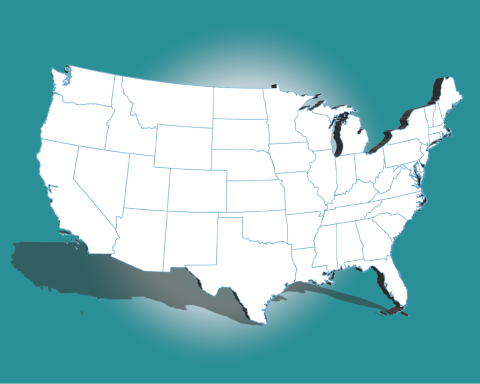Updated on May 31, 2019:
With the signing of Missouri’s eight-week abortion ban and Louisiana's six-week ban, a total of 27 abortion bans have now been enacted across 12 states so far in 2019.
Between January 1, 2011 and May 31, 2019, 479 abortion restrictions were enacted in 33 states, accounting for more than a third (37.7%) of the 1,271 abortion restrictions enacted since Roe v. Wade was decided in 1973.
--
First published May 22, 2019:
2019 has become the year when antiabortion politicians make clear that their ultimate agenda is banning abortion outright, at any stage in pregnancy and for any reason.
For years, antiabortion efforts have publicly focused on more incremental or administrative measures, such as targeted regulation of abortion providers (TRAP) laws that severely undermine access but are designed not to appear as assaults on abortion rights.
Now, abortion opponents have dropped all pretenses. With a conservative U.S. Supreme Court poised to gut or overturn Roe v. Wade, radical and expansive abortion bans are being enacted as part of a long-term strategy to advance these cases to the Supreme Court.
Highest Share of Abortion Bans Since Roe
Between January 1, 2019 and May 20, 2019, 378 abortion restrictions have been introduced across the nation, and 40% of them have been abortion bans. It is not unusual to see hundreds of abortion restrictions introduced every year, but this high proportion of proposed bans is unprecedented, signaling a substantial shift in tactics at the state level.
It doesn’t stop there: A total of 17 bans have been enacted across 10 states so far this year. For example, Alabama enacted a near-total abortion ban that would also criminalize abortion providers. And the Missouri legislature passed an eight-week ban that includes a host of other abortion restrictions. Meanwhile, Arkansas and Utah enacted 18-week abortion bans.
Whether it’s through bans at 20, 18, 12 or six weeks, or a total ban like the bill passed in Alabama, all these various paths lead to the same goal—setting up a legal showdown at the U.S. Supreme Court to roll back abortion rights and allow abortion to be banned by ideologues within the states.
While the tactics have become increasingly blunt and more openly extreme, it’s critical to remember that abortion access already varies from state to state and community to community as a result of decades of antiabortion restrictions—effectively putting abortion care already out of reach for many people even before this latest wave of attacks.
States Must Take Action
In the face of these relentless and coordinated attacks, states can and should take clear action to protect and expand access to abortion.
There are many different tactics states can pursue, including efforts to affirm and protect the right to an abortion, provide insurance coverage for abortion, ensure access to relevant information, and support adolescents’ access to abortion. States can and should also work to prevent clinic violence, expand the pool of abortion providers, expand online and telehealth access, and create a safe policy environment for self-managed care.
One state that took decisive action in January 2019 is New York, resulting in a barrage of inflammatory rhetoric and misinformation from abortion rights opponents. Another good example is Oregon, which enacted a new law in 2017 that protected abortion rights throughout pregnancy and required coverage of a range of reproductive health care services, including abortion.
Abortion is Still Legal in All 50 States
It’s worth emphasizing: None of the 6-week bans—or Alabama’s near total ban—are in effect due to later effective dates or litigation.
While state policymakers must be vigilant in guarding against the barrage of abortion bans, this is a critical opportunity to envision and codify rights that go beyond those established by Roe and imagine a future of expanded, accessible and affordable abortion care without stigma.
